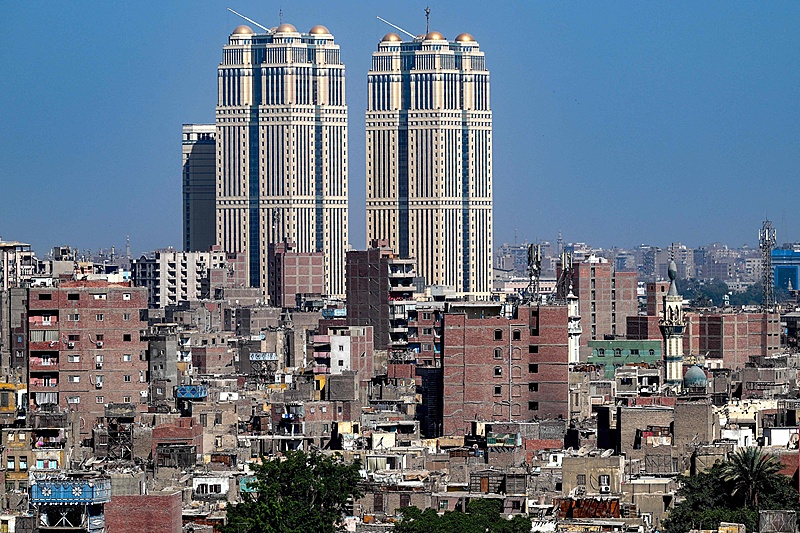Faces of Africa – The Island
Zanzibar is a semi-autonomous region of Tanzania. It is composed of the Zanzibar Archipelago in the Indian Ocean, 25–50 kilometers off the coast of the mainland, and consists of many small islands and two large ones: Unguja and Pemba Island. The capital is Zanzibar City, located on the island of Unguja. Zanzibar has been a trading port in the Indian Ocean since the 5th century. Persian, Indian, and Arab traders used Zanzibar as a base for voyages between the Middle East, India and Africa. Unguja, the larger island, offered a protected and defensible harbor, so although the archipelago offered few products of value, traders settled at Zanzibar City (“Stone Town”) a convenient point from which to trade with the other Swahili coast towns.
The Portuguese were the first Europeans to set foot on the island in the 15th century, to control the spice trade route. Towards the end of the 17th century, Oman from the Arabian Peninsula assisted to drive out the Portuguese and took over the island. In 1840, Oman’s Sultan moved its capital from Muscat to stone town of Zanzibar. Through the centuries, as a trading hub connecting Asia, Africa, Europe and the Middle East, Zanzibar can be termed a melting pot of Culture, History, Art and Religion.

Yusuf Abdullah Rashid is a Spice Farmer in Zanzibar, he grows various fruits and spices on his 27 – acres farm that he inherited from his Grandfather. His grandfather originally came from Oman and settled in Zanzibar; his grandfather was a large-scale farmer fruit and spice farmer and that where Yusuf got the farming knowledge, this knowledge was handed down from his grandfather to his father and now to Yusuf who is keeping this knowledge alive. Spice has been traded since ancient times; spice was a highly demanded luxury on European tables in the middle Ages. Yusuf grows Cloves, Nutmeg, Tumeric, Ginger and many other spices.

Due to a mixture of various people and cultures, the island becomes a birthplace to new trends. It’s believed that a new music genre, Taarab was initiated by the Sultan of Zanzibar. It blends Arabian tone and Swahili lyrics and very diverse instruments. The new music style was quickly assimilated into the culture of the island, spreading across all coastal area of East Africa. The Taarab music is still be heard, the Sultans are long gone. For Amina Omar Semkiwa, a Taarab singer, Taarab is her life she loves the Taarab genre because of its strong poetic language, instruments and the identity it gives to Zanzibar.

Hamadi Mbaruku is a Zanzibari Artist, with a mixed lineage, both Arabic and Swahili. He captures the beauty and tranquility of Zanzibar through his paintings. Hamada’s paintings are influenced by both the Arabic and Swahili culture. He likes to depict his country in vivid colors to celebrate the diversity that is found on the Island.






